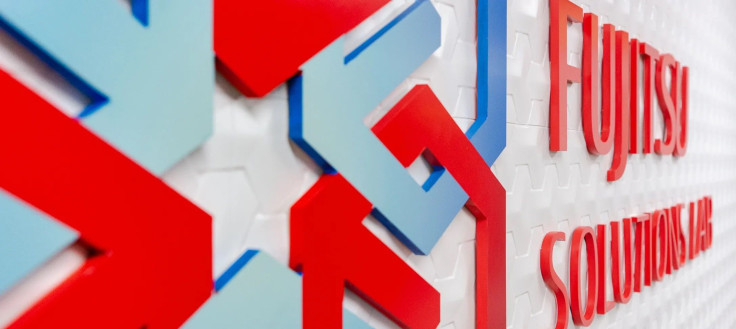Fujitsu Solutions Lab is Breaking Silos, Positioning for an ARM Future

Since breaking away from the Fuji Electric Company in 1935, Fujitsu has established itself as not only a household name, but also as an information and communications juggernaut synonymous with technological innovation. This has been evidenced in its multi-faceted ascent through the decades, which saw the company grow to 132,000 employees worldwide, reaching just shy of four billion yen in revenue, while attempting - and succeeding - in many areas, including computer and semiconductor development, home electronics and electromechanical components.
Now? Fujitsu is poised to take on emerging technologies with their Solutions Lab, a project which aims to break down silos and foster collaboration around technologies including multi-cloud, datacenter scale and efficiency, 5G, IoT and more.
This isn’t the first time Fujitsu has taken on such a huge technological challenge, with the company developing the K Supercomputer in 2011. The K supercomputer’s technology, based on a distributed memory architecture with over 80,000 compute nodes, was ranked as the world’s fastest supercomputer by the TOP500, an industry authority which aims to improve and renew the Mannheim supercomputer statistics.
The K Supercomputer’s 10+ petaflop - or 10 million billion calculations per second - computing speed has proven useful in a variety of crucial applications, including climate research, disaster prevention and medical research. However, In June 2012, the K Supercomputer was superseded by the American IBM Sequoia.
Since then, Fujitsu has continued to develop stronger and more accessible technologies, like the currently under-development “Post-K” supercomputer named Fugaku, which aims to be the most advanced general-purpose supercomputer in the world. Through inheriting and advancing the K Supercomputer’s innovative features, Fugaku aims to dramatically improve application performance, reduce power consumption, and enhance user convenience while also offering the ability to produce groundbreaking results.
The Fugaku is estimated to be 100 times more powerful than the K computer, and importantly, will use the A64FX, a CPU developed by Fujitsu built on the ARM architecture. The company sees the future for High Performance Computing (HPC) as an ARM one, and this perspective was validated in a big way in mid-November when a new partnership was announced between Cray (now part of HPE) and Fujitsu. A new HPE-Cray system will also use the A64FX ARM-based processor , same as the upcoming Fugaku supercomputer.
At the same time, Fujitsu is using the A64FX ARM processor in their line of PRIMEHPC series supercomputers, specifically in their models FX1000 and FX700. “Fujitsu has a long, respected history of technological breakthroughs and innovation,” says Alex Lam, Vice President and Head of the North America Strategy Office at the Fujitsu Solutions Lab. “What enterprises are most excited about is the potential to tap into the same ARM technology that is powering our most advanced supercomputer for their data-intensive applications. Our aim is to provide not just the hardware tools, but the entire solution to enable clients requiring the highest performing system for the most demanding initiatives.”
Fujitsu’s innovation aims don’t stop at ARM processors and supercomputers of course, with the Solutions Lab also pioneering research and development in 5G, edge computing, IoT, and data and analytics. The Silicon Valley-based lab has the resources set up for proof of concept (PoC) testing to enable technology partners and end-customers to integrate their technologies with Fujitsu solutions in an effort to achieve digital transformation and overcome next generation data challenges.
Lam believes the pathway to achieving this digital transformation is through a four-stage process, stating, ”The first is by showcasing Fujitsu IT and technological innovations to attract technology partners who wish to transfer their knowledge and integrate our technology into their solutions.The second is by building a technological knowledge-sharing ecosystem with leading next generation data center industry partners, and the third is to collaborate and develop new technology ecosystem solutions for the next IT age.”
And the fourth? Lam believes their PoC testing infrastructure is what sets the Fujitsu Solutions Lab apart from other, similarly angled technology incubators, with the lab designed for not only in-person PoC testing, but equipped for remote testing, stating, “Instead of having to ship equipment to a geographical location, Fujitsu partners are able to conduct PoC testing remotely. We have been met by some cynicism around this, but with our infrastructure, developers can run a real workload without having to be at the actual Solutions Lab.” Enabling developers to access the Solutions Lab PoC testing infrastructure remotely is likely to increase accessibility while reducing the associated travel, shipping and time costs.
Lam believes this accessibility, combined with an advanced technological infrastructure, knowledge, and the forward-thinking mindset of developers and partners has Fujitsu poised to not only take on emerging technology, but to help shape the world’s future for the better.






